A new book argues for a novel way of viewing the rainforest that stretches up North America’s western coastline
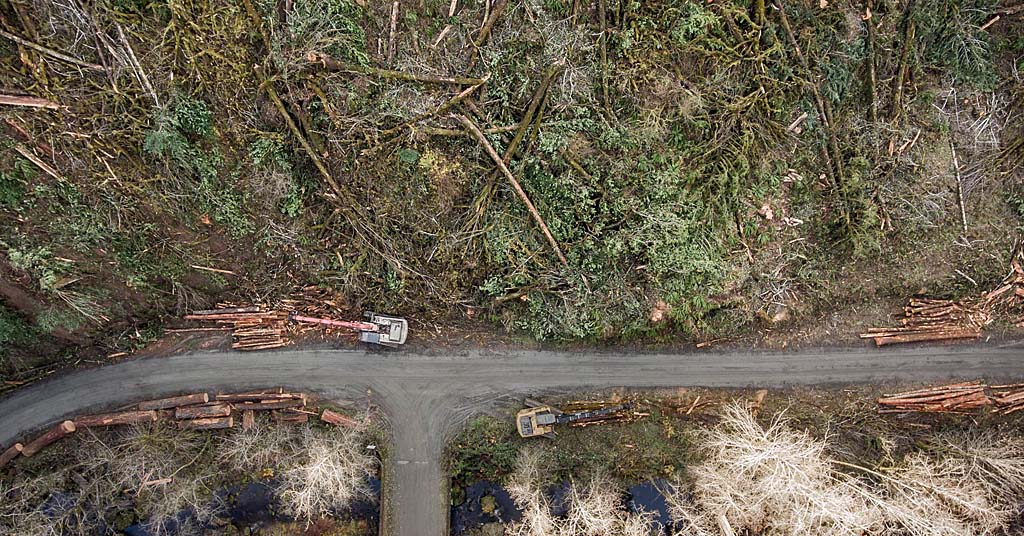
New view: Across the Columbia River Basin and beyond, climate-related concerns have arisen about industrial logging. Photo: Oregon Wild
By Eliza Murphy. October 5, 2023. If you live in the Pacific Northwest, one of the biggest keys to holding back the destructive momentum of global climate change lies in your backyard.
This, anyway, is the conclusion of an absorbing and important new book, Canopy of Titans: The Life and Times of the Great North American Temperate Rainforest.
Early in their book, Portland authors Paul Koberstein and Jessica Applegate lay out their case. The vast, unnamed temperate rainforest that stretches some 2,500 miles from northern California through Southeast Alaska and the Gulf of Alaska plays “a crucial role in mitigating human-caused climate change, and no forest is more valuable to the climate than this one.”
Home to some of the world’s largest trees, the forest surpasses the Amazon in its capacity to sequester atmospheric carbon, thereby preventing it from being released into the atmosphere and contributing to climate change.
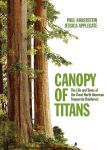
That “nameless forest” thing, the authors believe, is a problem. They’d like scientists to officially name the entire ecosystem the “Pacific Coastal Temperate Rainforest,” and the rest of us to start thinking of it as the “Amazon of the North.” Both would heighten awareness of the role it plays in the planet’s overall health and the peril it faces from logging.
In California’s redwoods, the authors write, “the Grove of Titans contains 2,596 tons of carbon per hectare, more than any forest on Earth, and about six times the carbon density of the Amazon.”
Long overdue for recognition as a single, contiguous organic network—not disconnected pieces of timberland managed in wildly inconsistent ways by county, state and provincial agencies—this colossal forest holds a key to combatting the global climate emergency.
Braiding gripping narrative, historic data and new research, Canopy of Titans tells the story of a forest besieged by industrial logging and accompanying disinformation campaigns that conceal its long-term devastation, and influence policies at all levels of government.
Koberstein is a veteran environmental journalist with The Oregonian, Willamette Week and Cascadia Times (which he co-founded in 1995). Applegate is a longtime environmental activist and founding member of Eastside Portland Air Coalition. The authors answered questions in an in-person interview and follow-up email.
Columbia Insight: Why the need to put a label on what you’re proposing be named the Pacific Coastal Temperate Rainforest?
Paul Koberstein: Back in the ‘90s, I was aware a group called Ecotrust published an atlas of the coastal temperate forest. I knew in the eyes of some this was a single rainforest that connected the redwoods to the Tongass [National Forest] in Alaska. Activists working in conservation in Oregon, California, Washington, Alaska and British Columbia were all working on protecting their own neck of the woods. No one knew what the other was doing.
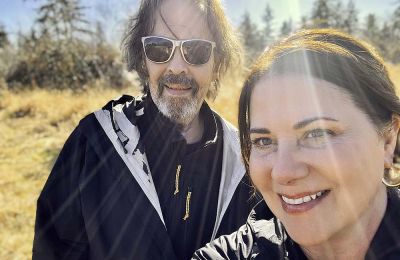
Titanic concerns: Co-authors Koberstein and Applegate. Photo: Koberstein/Applegate
CI: So all these groups work piecemeal on forest protection?
PK: Yes. And, politically, each state and Canada regulate, govern and manage the forest independently of each other. Everyone is focused on their own territory. I assumed the forest had a name, but it didn’t. I realized no one had a name for the forest. It is a further indication that no one was looking out for it as a whole.
Eighty percent had been clear-cut. The redwoods, 96% clear-cut. It’s vanishing bit by bit. No one was paying attention to the overall gross impact of the logging operations going on independently throughout the rainforest.
CI: How do Oregon and Washington differ in their approach to preserving forests to fight against climate change?
Paul Koberstein/Jessica Applegate: Under former Gov. Kate Brown, Oregon began to embrace proforestation as a climate mitigation strategy, as recommended by the [UN’s] Intergovernmental Panel on Climate Change in 2022. But Washington under Gov. Jay Inslee is defying the IPCC. In 2020, Inslee signed a law that deems logging to be a solution to climate change, rejecting proforestation.
Washington has shown no interest in amending the law. Instead, it embraces a timber industry talking point that says it’s better to store carbon in long-lived wood products like lumber than in the forest. Meanwhile, Washington is aggressively logging its carbon-rich mature forests on state-owned lands, with the backing of industry-funded academics at the University of Washington. We wrote about this situation in an article in Earth Island Journal after writing Canopy of Titans.
CI: Where does the value of trees for storing carbon come into play?
PK: I read a study about proforestation in 2019, about the value of protecting existing trees—old growth, mature trees and extending the rotation between cutting to 80 or 100 years instead of 40. The entire redwood area region, acre for acre, is the most carbon dense forest in the world. The eucalyptus trees of Australia, Tasmania and New Zealand are second. The Douglas-fir forests from northern California to Vancouver Island are third.
CI: You write: “Proforestation could steer the entire planet toward victory in this epic battle for the future.” What is “proforestation” and how does it differ from “reforestation”?
PK/JA: Reforestation means replanting the forest after a harvest. Proforestation means protecting old-growth trees as well as mature trees greater than 80 years of age. It also means increasing harvest cycles to no fewer than every 80 years, and preferably 120 years.
CI: How does the Pacific Northwest fit into the story?
PK/JA: This book argues against seeing this forest as a bunch of ecosystems that happen to be located next door to each other. We see it as a single ecosystem that has a number of things in common: same species of salmon, same species of trees and the climate that allows them to flourish. The Columbia River Basin plays a crucial role in its support of an abundance of forest and fish. But its abundance is compromised when actors outside of the Basin exploit the resources, especially salmon and the forest, through logging.
We want people to think of the region as part of the whole, which is contrary to the way many people see it. The ecological problems in the Columbia Basin are very much the same ones they’re facing in the Fraser River, the Sacramento River.

Oregon? Washington? B.C.? The fact that you can’t tell underscores a major point of Canopy of Titans. (It’s the Tongass National Forest in Southeast Alaska.) Photo: Jacob Ritley/Tongass Groundtruth Expedition
CI: You write, “Wall Street investors control pretty much everything that happens in Oregon forests.” Can you elaborate?
PK/JA: The timber industry of today is nothing like the timber industry of past generations. Timber companies at one time were an integral part of the communities where they operated. Today, many timber companies are real estate investment trusts (REITS) including, to cite one example, Weyerhaeuser. Their only concern is growing trees for profits. If they can profitably log their tree farms every 20 years, they’ll do it, despite several studies that show short rotations are bad for the climate, such as Bev Law’s groundbreaking study in 2018.
CI: Why is proforestation particularly important in the forests of the Columbia River Basin?
The forests in the Pacific Northwest/Columbia River Basin are among the most carbon-dense forests in the world, especially those straddling the Cascade Mountains and further west. If these forests aren’t cut down, they will continue to sequester large amounts of carbon throughout their expected lifespans of around 1,000 years.
CI: The Oregon State University College of Forestry historically has been a beneficiary and supporter of logging industry interests, while also being a source of groundbreaking research into the benefits of forest conservation. How should we view the OSU College of Forestry in the present conversation?
PK/JA: The Oregon State University College of Forestry has evolved significantly over the last 30 years. Once dominated by professors who saw their mission as helping the timber industry extract greater amounts of wood from the forest, the College of Forestry is now producing groundbreaking scientific papers that highlight the value of protecting forest ecosystems as a natural climate solution. This includes Beverly Law, Mark Harmon, J. Boone Kauffman and many others. Of course, many professors at the college are still researching ways to further industrial forestry.
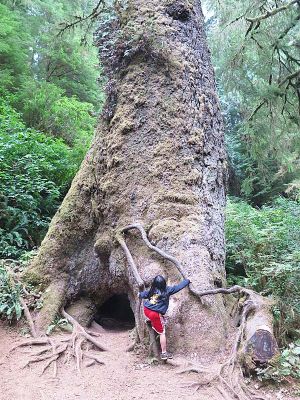
Long-term storage unit: Old growth at Cape Perpetua Scenic Area on the Oregon Coast. Photo: Chuck Thompson
CI: You quote the Meat Puppets, which marks you out as Gen Xers. How do you view conservation attitudes and actions of generations coming up behind yours?
PK/JA: We think the younger generations are far less willing to compromise their conservation values than older generations. They are also less willing to buy timber industry propaganda and greenwashing.
CI: “Amazon of the North” is a great hook—is marketing part of the obstacle environmentalists face in their effort to save forests?
PK/JA: We think that giving the entire rainforest an internationally recognized name like the Amazon would be a major step toward rallying the public to protect it.
CI: What’s the tempo and scale of clear-cutting and logging in general in the Pacific Coastal Temperate Rainforest as opposed to the 1980s and 1990s?
PK/JA: The pace of logging old-growth forests—defined as forests older than 175 to 250 years of age—has slowed down to a crawl, compared to what was going on several decades ago, which is good. But the industry is now targeting the carbon-rich mature forests—defined as forests older than 80. Clear-cutting still continues to happen, although the industry uses jargon like “regenerative harvests” to mask what’s really going on.
CI: How did you get Bill McKibben to give you such a great blurb?
PK/JA: Our publisher has Bill’s contact info. All they had to do is show Bill the manuscript and ask nicely.
CI: What glimmers of hope did you discover during your investigation?
PK/JA: One bright spot was the latest United Nations Intergovernmental Panel on Climate Change report. In 2022, the IPCC acknowledged the importance of protecting forests as a natural climate solution.
CI: What about the global effort to get people planting trees?
PK/JA: The best time to plant a tree was the year 1023. The best thing you can do today is save a tree.



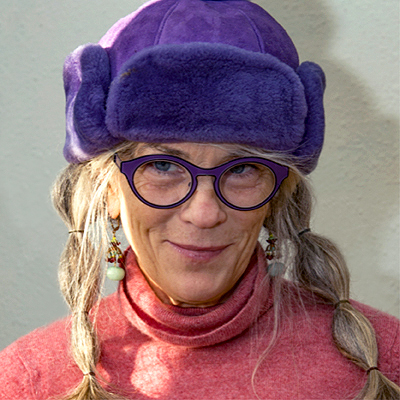
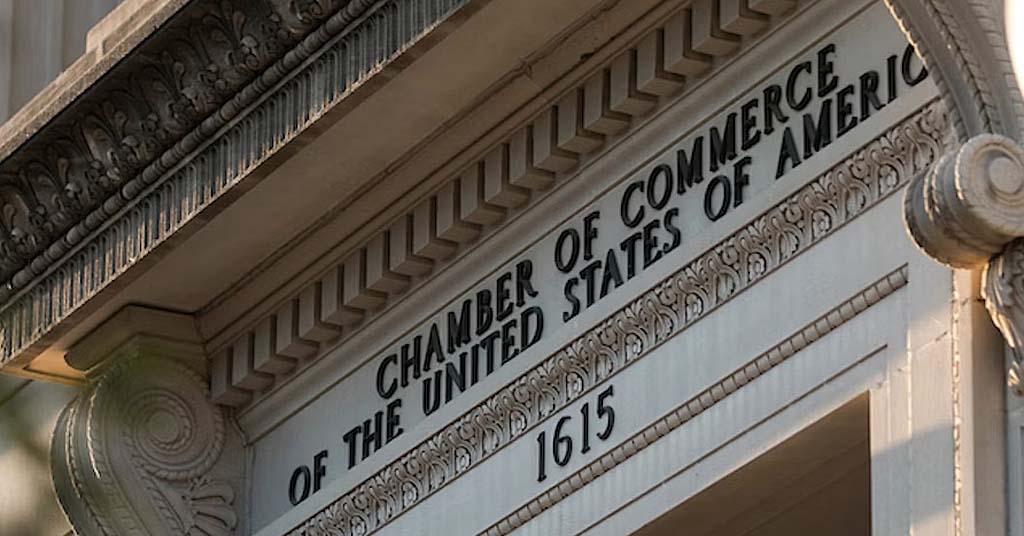






A timely article considering the Hood River County Commissioners meeting on using the County Forest for carbon credits at 6:00 PM on Oct 16:
https://www.hoodrivercounty.gov/vertical/Sites/%7B4BB5BFDA-3709-449E-9B16-B62A0A0DD6E4%7D/uploads/Public_Notice_-_Carbon_Project_Hearing.pdf
National Forests, especially on the west side are doing better with protecting big trees. During my early years with the USFS the agency was on a mission to clear cut all old growth. The Judge Dwyer decision to protect spotted owl habitat changed all that. As did the work of Jerry Franklin giving the benefits of big trees.
It is very disappointing that Washington doesn’t protect big trees, not only for carbon sequenctration but for wildlife values.
Jurgen Hess spent 34 years with US Forest Service
“The best thing you can do today–is save a tree.” Amen!